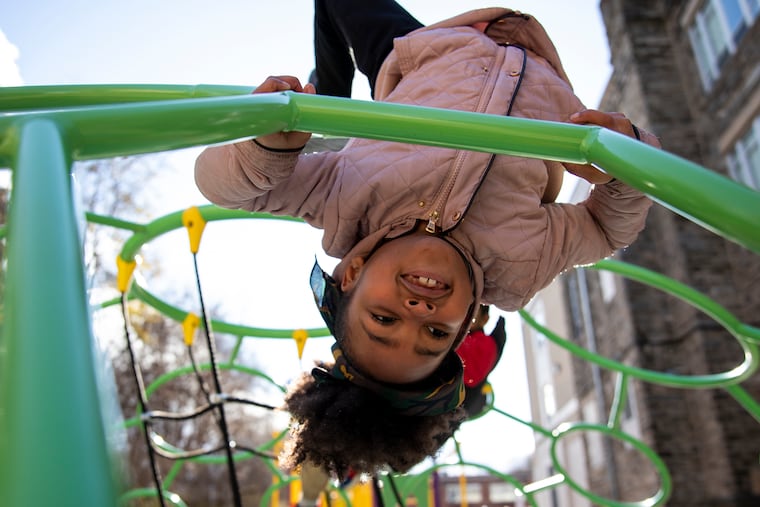At a Philly public school, blind children finally have a fantastic place to play
“When it opened, they just ran. This just takes away barriers of exclusion. It’s inclusive, and that’s so great.”

“When it opened, they just ran. This just takes away barriers of exclusion. It’s inclusive, and that’s so great.”
